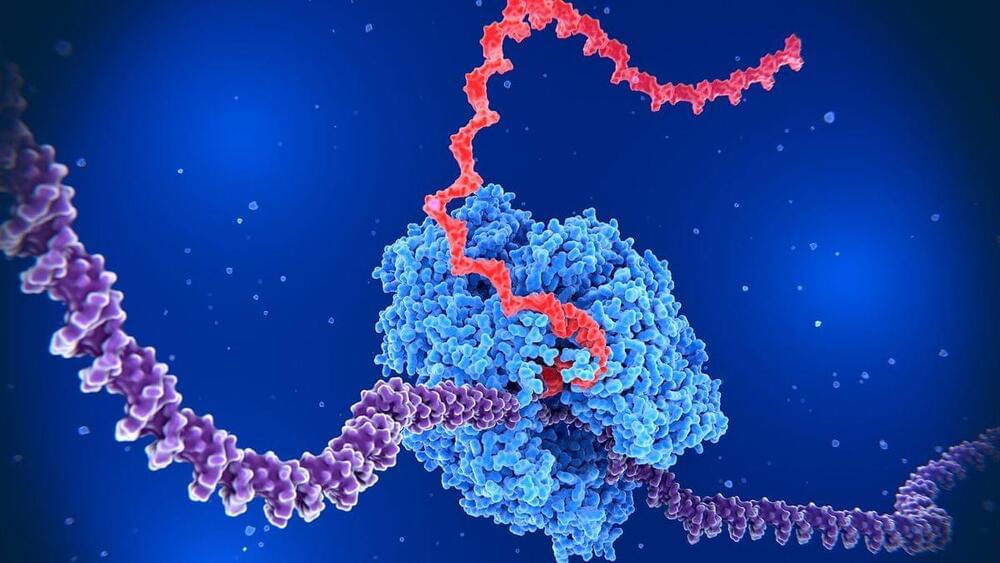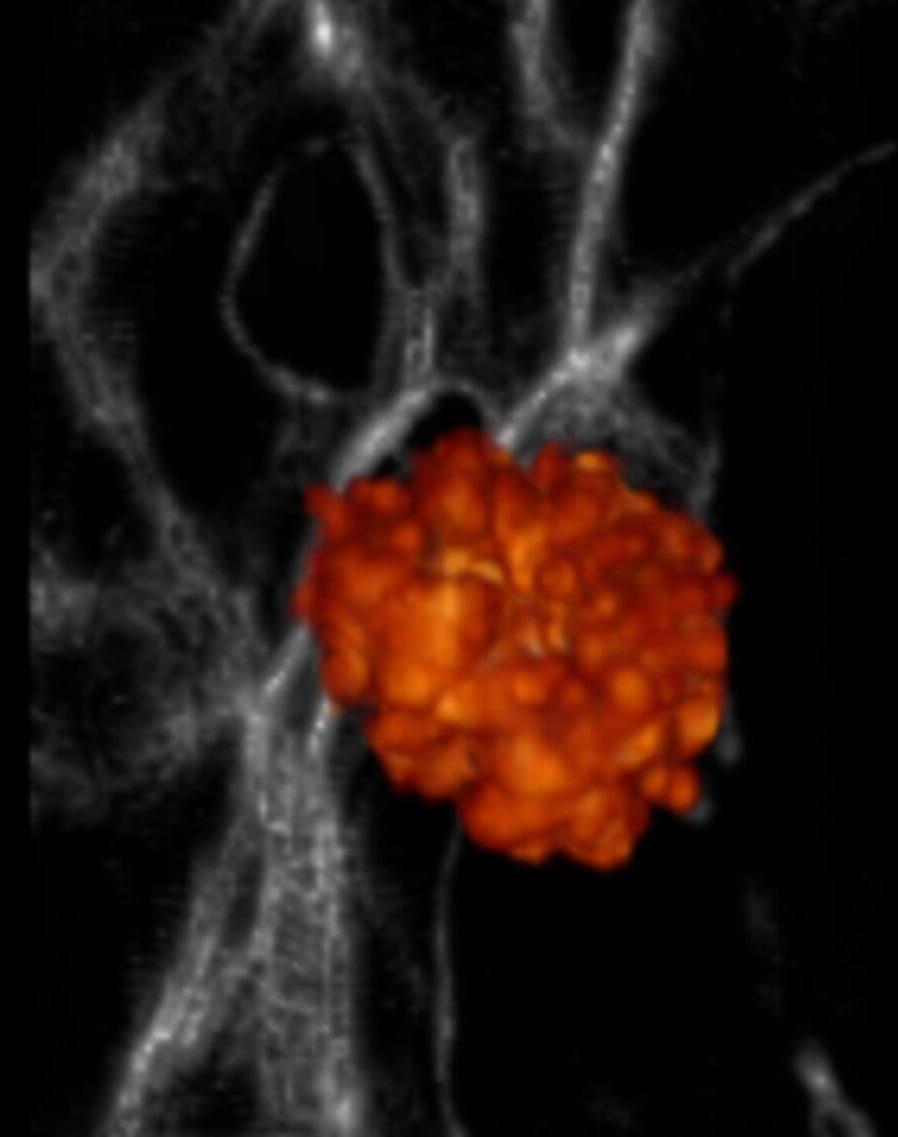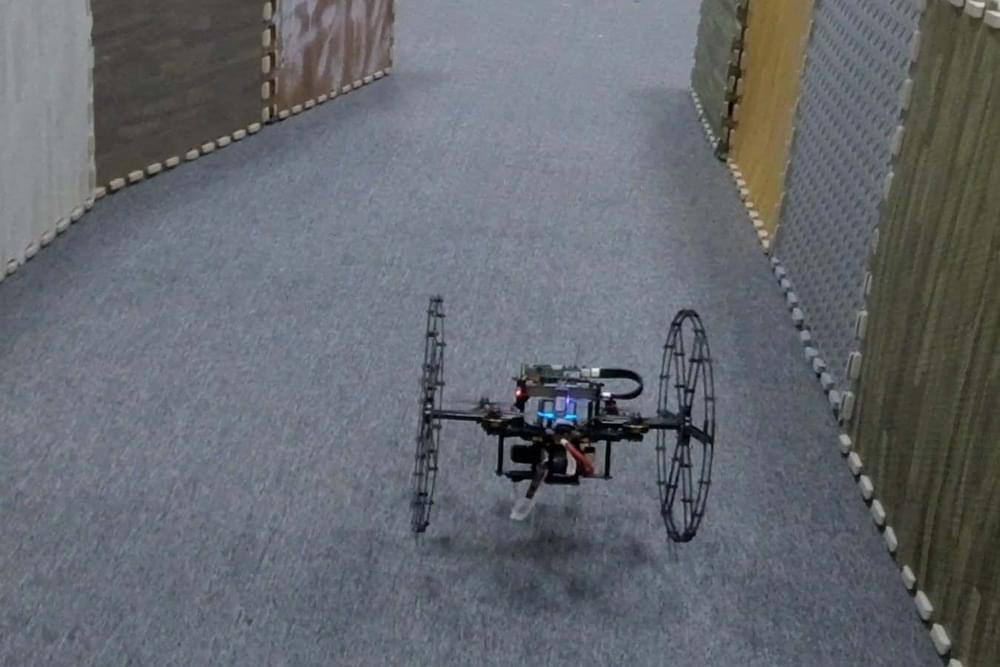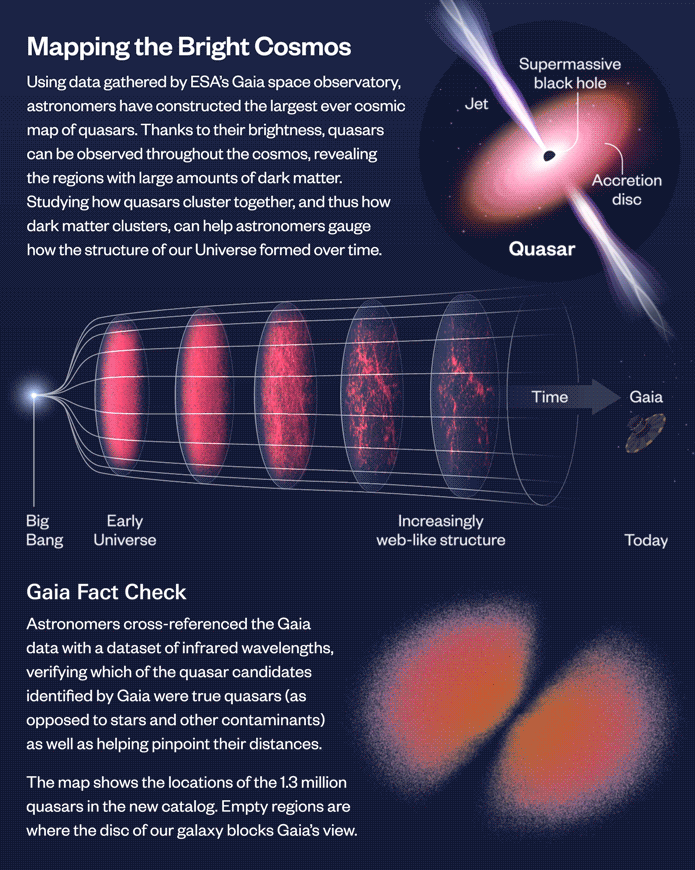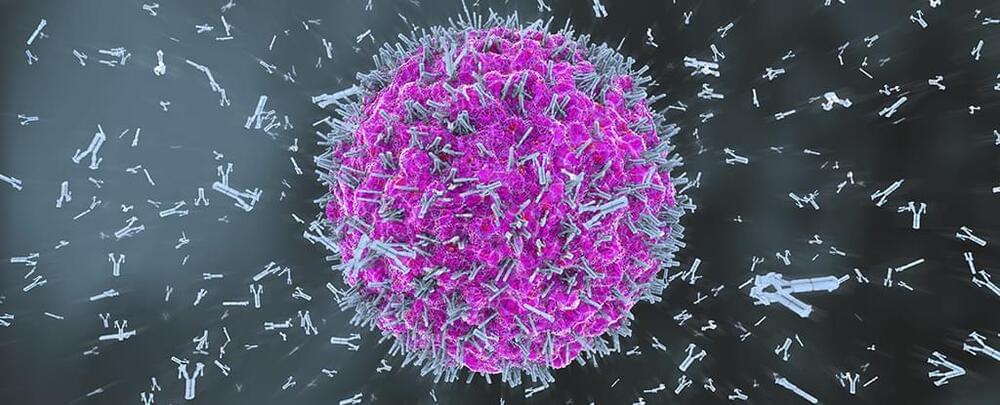In this episode, Peter and Will dive into satellite technology, what it takes to create a company like Planet, and its effect on ecosystems across the world.
Will Marshall, Chairman, Co-Founder, and CEO of Planet, transitioned from a scientist at NASA to an entrepreneur, leading the company from its inception in a garage to a public entity with over 800 staff. With a background in physics and extensive experience in space technology, he has been instrumental in steering Planet towards its mission of propelling humanity towards sustainability and security, as outlined in its Public Benefit Corporation charter. Recognized for his contributions to the field, Marshall serves on the board of the Open Lunar Foundation and was honored as a Young Global Leader by the World Economic Forum.
Learn more about Planet: https://www.planet.com/
———-
This episode is supported by exceptional companies:
Get started with Fountain Life and become the CEO of your health: https://fountainlife.com/peter/

